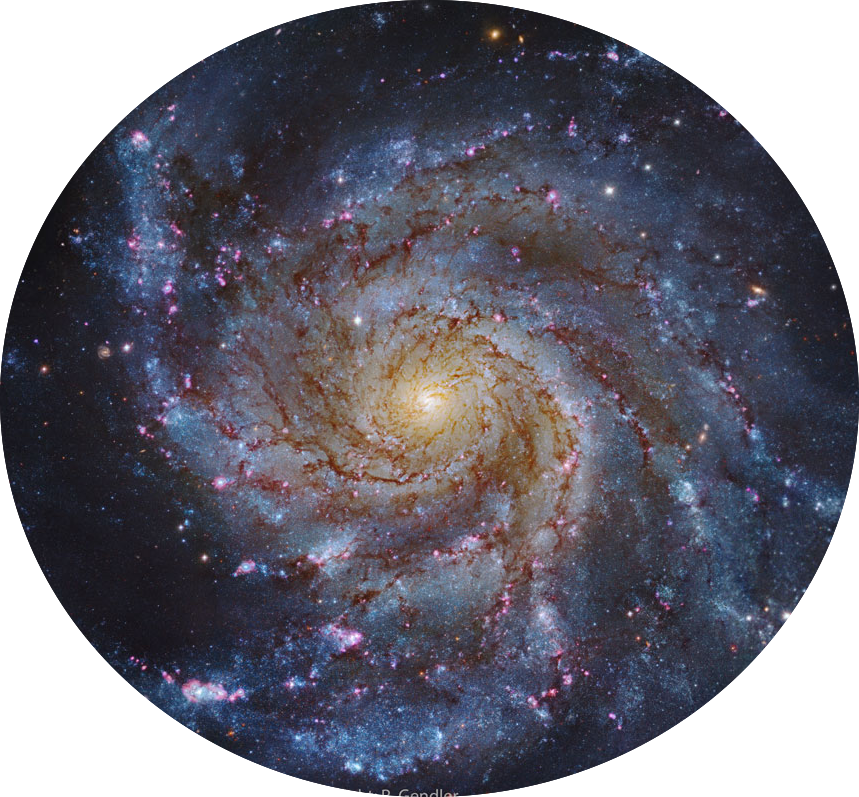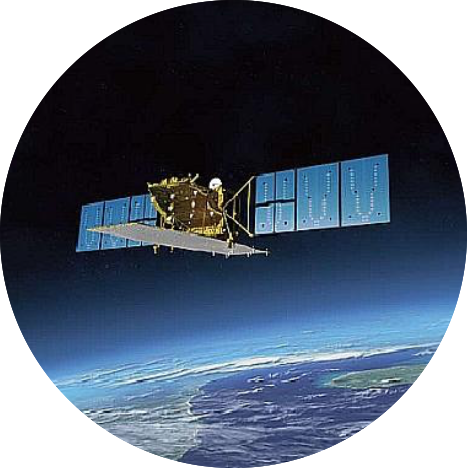Current Research

Galaxy Evolution
- The Role of Environment on Halpha-based Star Formation Rates
-
I investigate the evolution of galaxies in dense cosmic environments with the EDisCS collaboration and am supervised by Dr. Gregory Rudnick. Currently, I am investigating the nature vs. nurture scenario in order to determine what effects local density has on the structure and growth of galaxies. Primary observations include WFC3 & grism on Hubble and Magellan at Las Campanas. Data reduction and analysis is completed with GRIZLI, developed by Gabriel Brammer. I helped to write and implement a redshift prior for emission line extractions within GRIZLI, which reduces the potential line misidentification and subsequently, distance and flux information. This project is in progress.
- Hubble Space Telescope grism extraction morphology & artifact classifier
-
This projct is an Image Classifer that identifies unusuble grism data and classify morphology of complete emission line extractions. This is trained on Hubble Space Telescope data from the 3D-HST survey which has spectra/images for 100,000 objects. This project is in progress and is a portion of my dissertation work at the University of Kansas. The current irriteration has a 69% accuracy on 7 pointings of 2 orbit depth at z=0.5. While it detects artifact, noisy data, and diffuse sources well, it has trouble on compact sources. This may be due in part to small sample sizes and bias from my classification. This project is in progress.
- Detection and tracking of road potholes from dash cam footage
-
This is a custom Object Detection trained on TeslaCam driving footage for detection of stoplights, cars, and potholes. This project will also encompass real-time object tracking with video. This project is in progress.
- Forgotten Volcanoes of the Global Deformation Task Force
-
For my undergraduate thesis, I studied 100+ volcanoes with satelitte imagery in a method known as Interferometric Synthetic Aperture Radar (InSAR). InSAR works by repeatedly imaging the same region in radio frequencies; when two images are subtracted, any difference in the Earth's surface, such as from excavation or a landslide is registered as a phase difference. When looking at volcanoes, this phase difference is crucial for deformation, which can indicate movement of magma below the surface or an eruption. For locations such as the Kuriles or the Marianas where physically accessing them is nearly impossible, satellite monitoring allows for a delayed assessment of the volcanic activity. Observations from ALOS (JSA), ERS, RADARSAT were used in this study. I was supervised by Matthew Pritchard.
- Seismic & Infrasonic Signal Analysis of Big Island Volcanoes
-
I spent 4 months in 2012 at the USGS Hawaiian Volcano Observatory working on the installation of the first infrasound array on the Big Island of Hawai'i. Infrasound detects pressure waves in air, much like seismometers detect waves traveling through the ground from sources such as earthquakes. With volcanic activity, infrasound can be crucial to detecting above-ground explosion events, especially in areas that are obscured or difficult to access. Infrasonic activity on the Big Island was correlated with other measurement techniques including seismic, thermal, and optical observations. I was supervised by Weston Thelen, who is now at USGS-CVO.
- Active Monitoring of Volcan de Colima
-
For 2 months in 2013, I worked at the Universidad de Colima monitoring the active Volcan de Colima. Due to the remote nature and difficulty accessing the region, observations were limited to a sparse seismic network, thermal (FTIR), and optical imaging from helicopter overflights. The lab is managed by Nick Varley.

Machine Learning: Image Classification

Machine Learning: Object Detection & Tracking
Past Research
